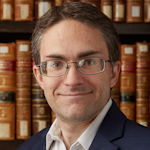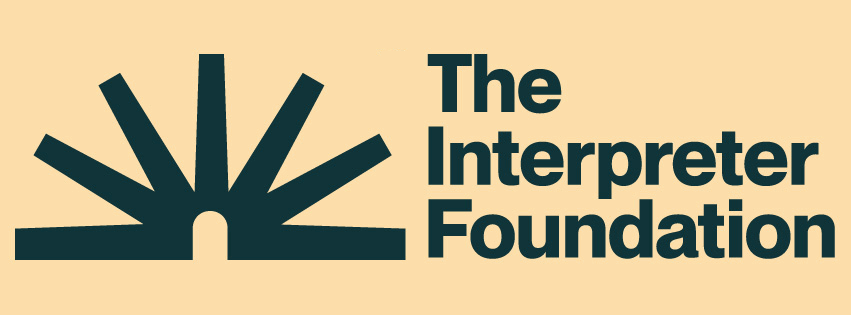
David M. Calabro
Part of our book chapter reprint series, this article originally appeared in The Temple: Past, Present and Future, edited by Stephen D. Ricks and Jeffrey M. Bradshaw. For more information, go to https://interpreterfoundation.org/books/the-temple-past-present-and-future/. For video and audio recording of this conference talk, go to https://interpreterfoundation.org/conferences/2020-temple-on-mount-zion-conference/videos/calabro/.
“In this paper, I propose to revisit the question posed by Hugh Nibley, “What Is a Temple?” in Mormonism and Early Christianity (Salt Lake City and Provo, 1987), 355-90, and by John Lundquist, “What Is a Temple? A Preliminary Typology,” in Temples of the Ancient World, ed. Donald Parry (Salt Lake City and Provo, 1994), 83-117. This study has two parts: (1) to address the general issue of typology in light of ancient temples that challenge the points made by Nibley and Lundquist; and (2) to apply this refined understanding of temples to the issue with which Nibley’s essay began, namely the Early Christian transition from temple-based Judaism to the Constantinian basilica of the fourth century. I will argue that some Christians of the second and early third centuries did have places of worship that, while not monumental in scale, qualify typologically as temples and were understood as such. In support of this thesis, I will take as case studies the Christian places of worship at ancient Edessa and Dura Europos, based on a combination of textual sources and archaeological remains.”
To download this chapter in PDF format, click here.
About the Interpreter Foundation Book Chapter Reprint Series
The purpose of this reprint series is to make individual chapters from books published by The Interpreter Foundation more accessible to readers. Although in some instances the formatting and pagination may have been changed, the content of this chapter, like others in this reprint series, is identical to what appeared in its original book publication. It has not been updated to incorporate research that has appeared subsequently nor to reflect the current practice of The Church of Jesus Christ of Latter-day Saints to use the full name of the Church and to avoid terms such as “Mormon” and “LDS.”


